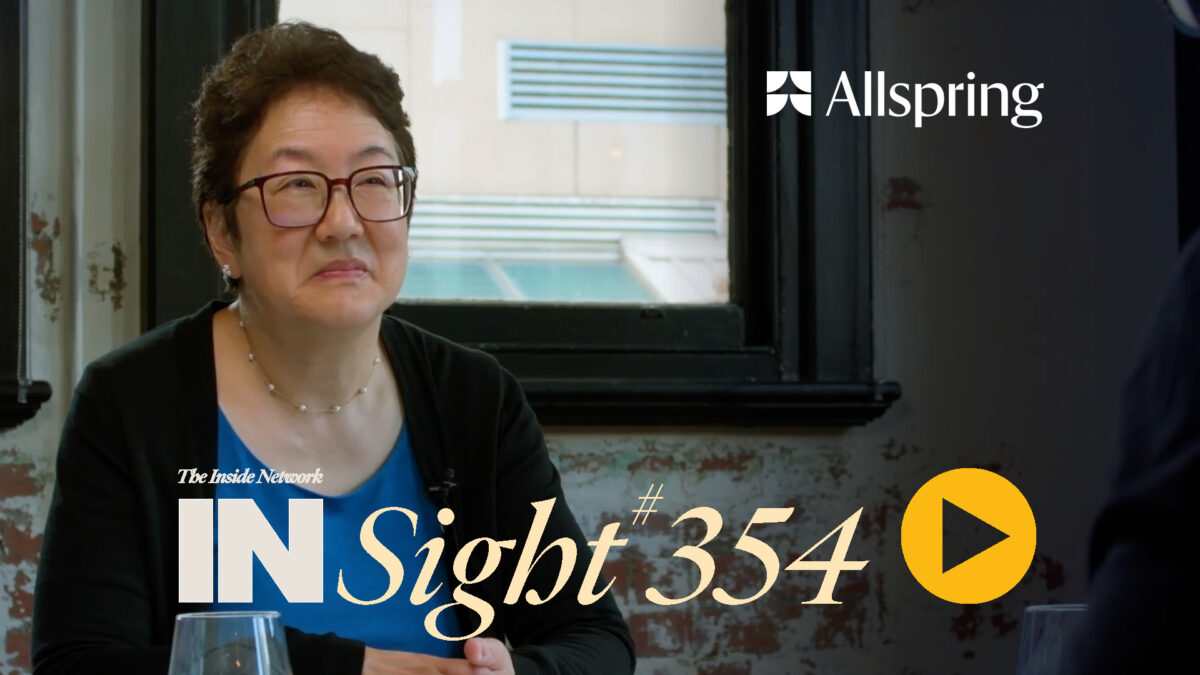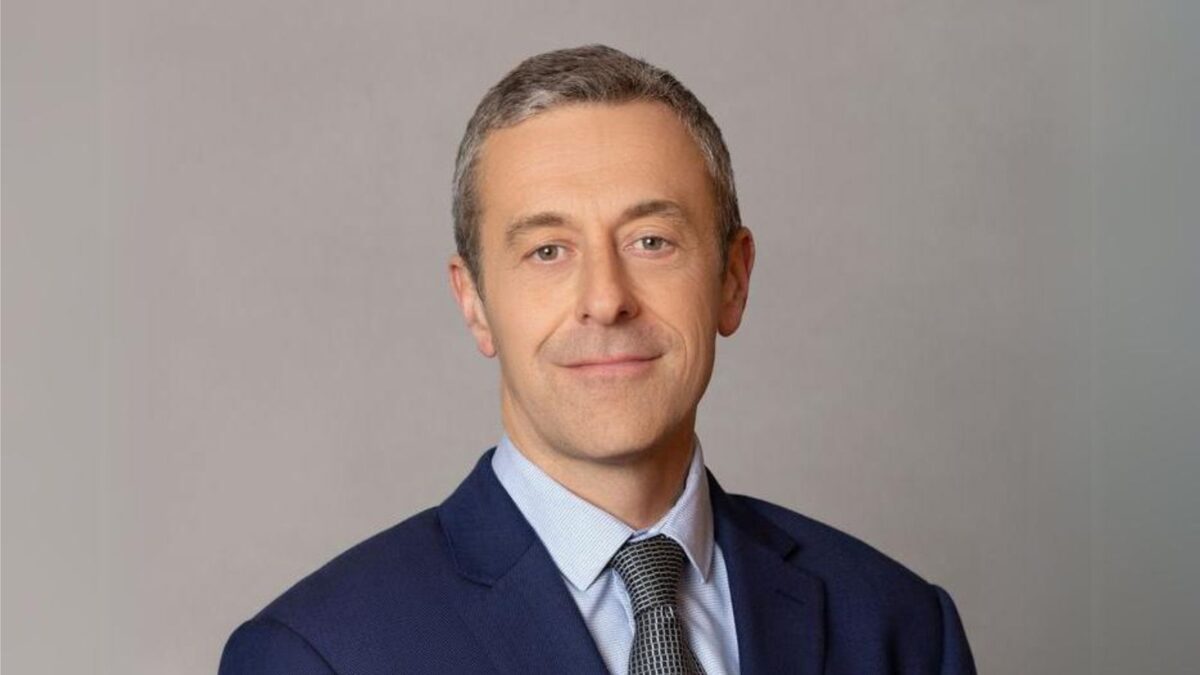How big asset owners are managing all the money in the world
While a number of local institutional investors are meandering down the path to internal asset management, the global trend is still mostly towards externalisation, with only 11 per cent of respondents to Mercer Investment’s latest Large Asset Owner Barometer managing more than 80 per cent of their portfolios internally and more than 40 per cent saying they don’t manage any of their assets in-house.
And it’s not just because they lack the investment nous; big asset owners fret everything from how much they’ll have to pay new talent to the costs of getting set up and the reputational risks of DIY asset management. Then there’s those who know what they don’t know – the 16 per cent that acknowledge it would lead to worse outcomes for portfolios.
“The overwhelming majority of respondents outsource the management of at least part – and, in many cases, the entirety – of their investment portfolios. This is particularly apparent in more complex, resource-intensive asset classes – with private markets being a good example,” said Rich Nuzum, executive director of investments and global chief investment strategist at Mercer.
Real assets, government bonds and investment-grade credit were the most likely candidates for in-housing, while 82 per cent of respondents chose outsourced management for private markets investments. Emerging market equities, emerging market and high-yield debt, and hedge funds/absolute return strategies are also mostly handed off to external managers.
But of the respondents that manage at least half of their portfolios in house, a “surprisingly small” proportion independently benchmark their own performance and capabilities. Around 31 per cent conduct benchmarking through an external party, while 61 per cent measure it against internal metrics and eight per cent say they don’t benchmark in-house performance at all.
“The choice to outsource is also about mitigating non-market-related risks,” Nuzum said. “Governance and regulation are clearly factors influencing the decisions of large asset owners. However, it is surprising that only a small proportion use an independent third party to measure and regularly evaluate the performance and capability of their investment teams. This potentially exposes them to governance risks.”
Most respondents to the Barometer, which covers 61 large asset owners with a total of $2 trillion in assets under management, were fairly confident about their portfolios’ ability to withstand stagflation, geopolitics and public market volatility, with only a small number of respondents characterizing themselves as “very vulnerable” to these risks. More than three quarters feel prepared for inflationary shocks over the next 12 months, and have increased their allocations to infrastructure and inflation-linked bonds.
“Another key takeaway is that large asset owners appear to believe US equities are at stretched valuations, with this exposure cited as one of the most prevalent asset classes where large asset owners have already reduced or intend to reduce exposure,” said Andrew McDougall, global head of multi asset at Mercer, adding that they were also avoiding or reducing exposure to UK equities and that the real estate sector was unlikely to see much love.
But while the last year has seen plenty of headlines both at home and away about liquidity concerns in pension funds, only 38 per cent of large asset owners have increased the liquidity profiles of their portfolios.
“This appears to reflect a fairly high degree of comfort around risks associated with private market valuations, where 80 per cent of large asset owners say their portfolios are resilient,” the Barometer says. “However, asset owners overseeing more than $20 billion are more likely to increase the liquidity profile than those under $20 billion.”











